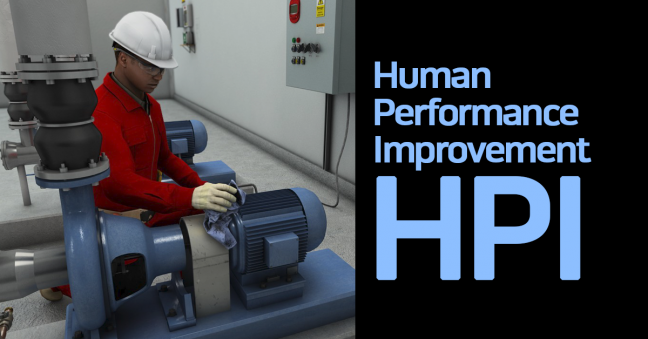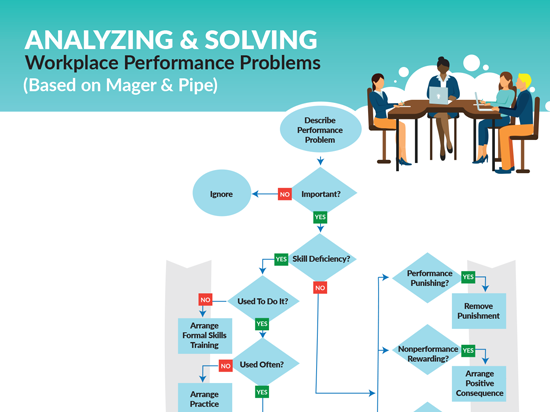
Quick Note: Don’t forget to catch our LIVE ONLINE WEBINAR TITLED “WHY APPLY HPI?,” WHERE WE’LL GO OVER A LOT OF THIS MATERIAL AND MORE, WITH PERFORMANCE IMPROVEMENT SPECIALIST JOE ESTEY. REGISTER TODAY…THE WEBINAR IS THURSDAY, JULY 16.
In this interview, we talked with Human Performance Improvement Specialist Joe Estey to learn what Human Performance Improvement, or HPI, is.
We’ve interviewed Joe before and we’ve included links to other discussions we’ve had with Joe below. In addition, because Human Performance Improvement, to paraphrase Joe from this interview, “has more similarities than differences” to fields known as Safety Differently, Safety II, Human and Organizational Performance (HOP), New Safety, and Resilience Engineering, we’ve included some links related to those below as well.
Enjoy the interview and thanks to Joe for sharing his time, knowledge, experience, and insights.
Since you’re interested in HPI, you might find our article on Robert Mager’s Performance Analysis Method and his Performance Analysis Flow-Chart and our The ATD Human Performance Improvement (HPI) Model article helpful, too.
- Learning Management Systems
- Online Workforce Training Courses
- Workforce Scheduling Software
- Mobile Training & Performance Apps
Other Conversations with Joe Estey
In addition to the discussion about Human Performance Improvement above, you might enjoy these earlier discussions we’ve had with Joe:
- Incident Investigations
- Incident Investigations & Root-Cause Analyses
- Pre-Task Pre-Mortems
- Risk-Competent Workforces
More Related to Safety II, Safety Differently, Human and Organizational Performance (HOP), and Resilience Engineering
Below are a few of the articles we have written on Safety Differently, Safety II, HOP, and/or Resilience Engineering. Check ’em out:
- 5 Principles of HOP
- 9 Things to Know about HOP
- What Is Safety Differently?
- Is Safety Differently Really Any Different?
- Common Safety Myths
- Safety Classics Reconsidered
Before you go, download our free Analyzing & Solving Workplace Performance Problems flowchart, which we based on the flowchart created by Mager & Pipe in their Analyzing Performance Problems book.

Analyzing & Solving Workplace Performance Problems Flowchart
Download this free infographic, based on the famous Mager/Pipe flowchart from their book Analyzing Performance Problems, to determine the cause of workplace performance problems and then select the appropriate solution/intervention.
Joe distinguishes the difference between standard training practices and HPI very clearly. I agree that traditional training is more centered around having an impact on an individual’s performance while HPI focuses on identifying and closing gaps at an organizational level. For example, it is likely that an employee picked up his or her behaviors in the workplace that they work in as they were trained by someone who is considered an expert at their job after being hired. This means that there are multiple individuals that believe specific behaviors are acceptable, and standard training practices will work to correct these improper behaviors, while HPI will implement a change that requires employees to work in the proper framework as the performance gap with be recognized and a plan will be executed to remediate it.